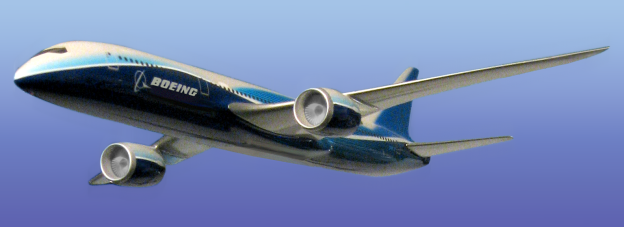 With Qantas earlier in the week announcing it would be trialing Wi-Fi connected iPads on aircraft for its in-flight entertainment service, it seemed as if the death knell was being sounded for seat-back screens. Seems like the actual people who build the planes have different ideas though.
With Qantas earlier in the week announcing it would be trialing Wi-Fi connected iPads on aircraft for its in-flight entertainment service, it seemed as if the death knell was being sounded for seat-back screens. Seems like the actual people who build the planes have different ideas though.
Boeing, makers of the brand new 787 Dreamliner passenger aircraft, has said it will be going with Google’s Android operating system to power in-flight entertainment services via seat-back screens.
According to an Australian Business Traveler report (via Cnet), the technical manager at Boeing’s Dreamliner Gallery, Mark Larson, said that Android-based servers are being fitted to all 787s currently being manufactured, with Panasonic providing 787-certified Android touchscreens.
However, Larson added that “a lot of the larger screens (for business and first class passengers) will be non-touch because you can’t reach them, although they’ve also got a prototype of gesturing.” In others words, passengers whose screens are too far away will be able to make choices with their in-flight entertainment through a series of simple hand gestures.
The ABT report says that the touchscreen panels being fitted on Dreamliner planes will be wider than what we’re used to seeing on other aircraft, ranging in size from 7 inches to 17 inches. They’ll also be less reflective of ambient light.
With other Boeing aircraft, airlines have quite a lot of say over the type of in-flight entertainment system that’s installed. With the Dreamliner, however, Seattle-based Boeing is keen to reduce production costs and so is only offering a limited choice to buyers of the new plane, for which around 820 firm orders have so far been placed.
Should the Android-powered in-flight entertainment program on the soon-to-be-flying Dreamliner planes not be to your liking, you’ll be pleased to know that all seats will also be fitted with laptop sockets and USB ports. Or you could even try reading a book made from paper.
[Image: Husky]


